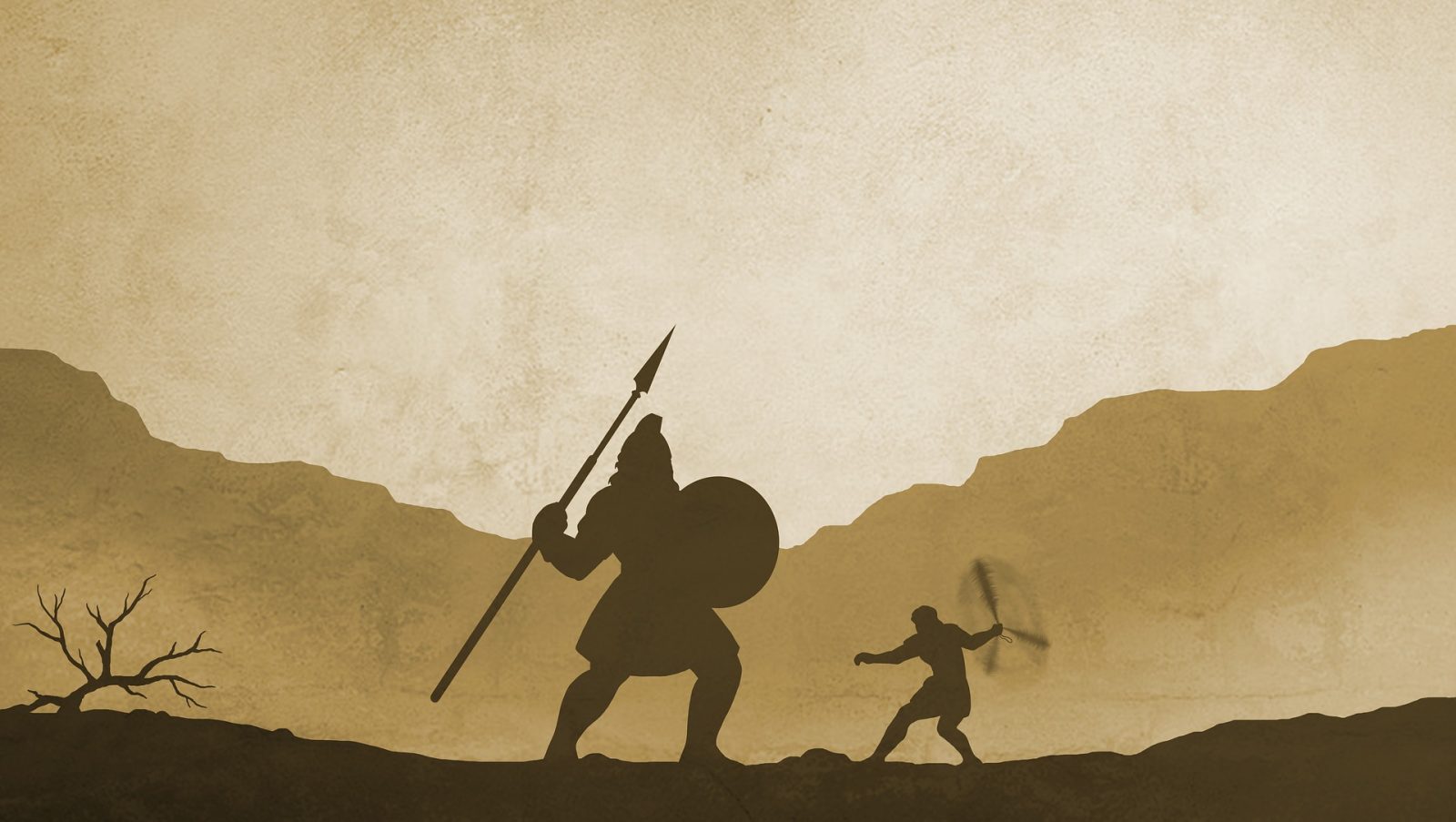Having had the unique opportunity to work in both large corporate and start-up environments, I’ve learnt so many valuable lessons, gained different perspectives and am perhaps qualified to share some reflections on what these experiences have taught me. It is important to highlight from the outset that this piece is not about looking for comparisons or positioning one against the other. It is solely aimed at providing an observational window into these often-misunderstood stereotypes and biases that come out of either disenchanted experiences or the pure validation of career choices made.
Let’s be clear, both certainly have their pros and cons and there is no doubt that one environment may be better suited for some than the other. Rather than going down the predictable path of explaining these surface level differences, the one thing that stood out most for me, was the concept of time and how this elusive commodity not only shapes key business decisions but also how it can impact on staff and customer experiences. Some say that one month in a start-up feels like twelve months in a large organisation, and yes, there is no denying that this is true in many regards. However, if you dissect it further and move past the disparities in the cash runway equation, the contrast between agility and patience, innovation and credibility and finally press pause on the ticking clock – what you will find is an incredible realisation of the similarity that both organisational structures are seeking to fulfill. Those core strategic goals and purpose to make their mark in an increasingly competitive world will shine through across the time continuum.
The other key point that needs to be mentioned is culture. While there is no question that it is far easier to see right into the soul of a start-up, especially when looking from the outside in, I think the reality of what is at play is still rather complex and goes completely beyond the often assumed and loosely tossed around idea of start-ups being associated with fun and perhaps hedonistic preconceptions. In contrast, there may be more layers to peel away that reveal the underlying culture in larger enterprises and often the misguided view of stifling bureaucracy acts as a scapegoat that detracts from connecting to ‘below the surface’ values. These observations are simply an expressed opinion, but either way, I firmly believe that the inherent cultural complexities for both these structures are much more closely aligned than one might think.
Maybe its not a question of David vs Goliath, but rather David and Goliath (as per blog headline) – as drawing on the perspectives of “time” and “culture” from both could perhaps be the real secret to sustained organisational success.

